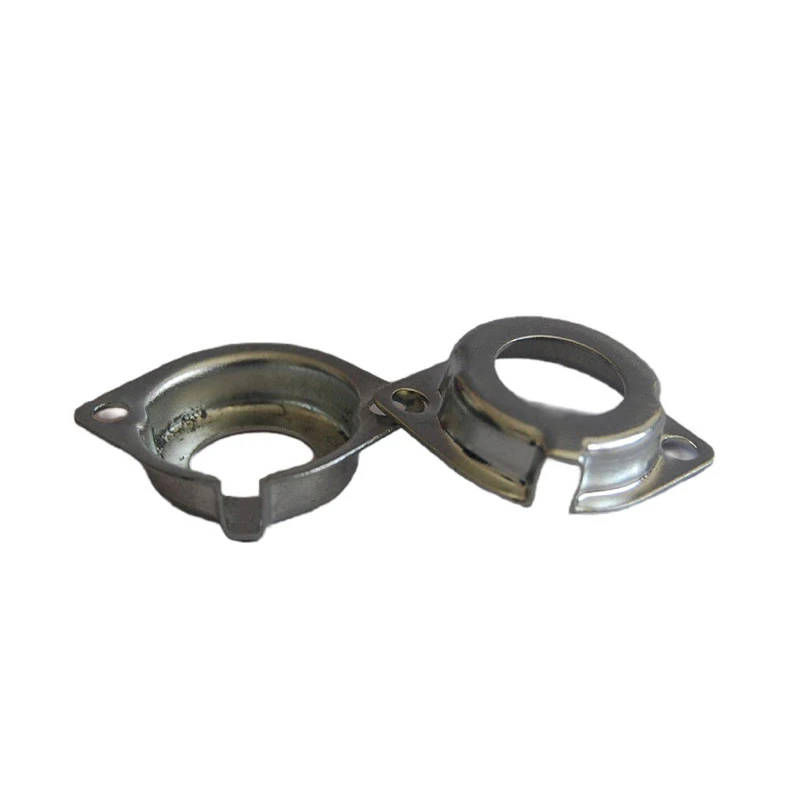Innovative Techniques in Stamping for Automotive Components Manufacturing
The Evolution and Importance of Stamping Car Parts
In the automotive industry, the manufacture of car parts is a crucial process that directly influences the performance, safety, and affordability of vehicles. One of the key methods employed in this endeavor is stamping—a technique that has evolved remarkably over the years, becoming an essential part of car production.
Understanding Stamping
Stamping, sometimes referred to as pressing, is a manufacturing process that uses hydraulic or mechanical presses to shape and cut metal sheets into specific forms. These metal sheets are often made from materials such as steel, aluminum, or stainless steel. The stamping process is highly versatile, allowing manufacturers to produce a wide range of components, from small brackets to large body panels.
The process begins with a die that is specially designed to create the desired shape. The metal sheet is placed between the die and the press. When the press is activated, tremendous force is applied, shaping the metal sheet into the designed form. This technique is not only efficient but also cost-effective, making it a favored choice for mass production in the automotive sector.
The Advantages of Stamping
There are several advantages to using stamping for car parts manufacturing. Firstly, it allows for high levels of precision and consistency. Once a die is created, it can produce thousands of identical parts without variation, ensuring that each component meets stringent quality standards. This is particularly important in the automotive industry, where safety is paramount.
Secondly, stamping significantly reduces production time. The process is faster compared to other manufacturing methods, such as machining. This efficiency not only lowers production costs but also enhances the overall output, allowing manufacturers to meet the high demand for vehicles.
Moreover, the stamping process can accommodate complex shapes and intricate designs. Advanced techniques, such as progressive stamping, enable manufacturers to produce multi-step parts in a single pass, further streamlining production processes and reducing waste.
stamping car parts

Applications in the Automotive Industry
In the automotive industry, stamping is employed in various applications. Commonly stamped car parts include body panels, brackets, frames, and various interior components. For instance, the outer body shell of a car, which is formed from multiple stamped components, plays a vital role in the vehicle’s aerodynamics and aesthetics.
Additionally, stamped parts contribute to a vehicle's structural integrity. Components like engine cradles and chassis parts must withstand significant stress and strain, making the reliability of stamping a critical factor in vehicle safety.
Innovation and the Future of Stamping
As technology continues to advance, the stamping process is also evolving. The introduction of computer-aided design (CAD) and manufacturing (CAM) has transformed the way dies are designed and produced. This allows for greater flexibility in design changes and minimizes the lead time for new parts.
Furthermore, the incorporation of automation and robotics in stamping operations has further enhanced production efficiency and reduced labor costs. These technologies not only improve accuracy but also enable manufacturers to adapt quickly to changes in market demand.
In the context of the growing emphasis on sustainability, the stamping industry is also exploring ways to reduce waste and enhance energy efficiency. Techniques such as die-less forming and recycling of metal scraps are becoming more prevalent, aligning with the automotive industry's goals of reducing its environmental footprint.
Conclusion
In conclusion, stamping car parts plays an indispensable role in the automotive manufacturing process. With its efficiency, precision, and ability to produce complex designs, it enables the mass production of safer and more affordable vehicles. As technology advances, the stamping process will continue to evolve, maintaining its critical position in the automotive industry while contributing to a more sustainable future. Whether in the production of innovative electric vehicles or traditional combustion-engine cars, stamping remains a cornerstone of car manufacturing, demonstrating the enduring significance of this age-old technique.
-
Precision Sheet Metal Stamping Manufacturer | Fast & ReliableNewsAug.01,2025
-
OEM Sand Cast Pump Valve Fittings - Baoding Hairun Machinery And Equipment Trading Co., Ltd.NewsAug.01,2025
-
Custom OEM Impellers | High Efficiency & PrecisionNewsAug.01,2025
-
OEM Sand Cast Pump Valve Fittings - Baoding Hairun Machinery | Customization, Quality AssuranceNewsAug.01,2025
-
OEM Sand Cast Pump Valve Fittings - Baoding Hairun Machinery And Equipment Trading Co., Ltd.NewsAug.01,2025
-
OEM Sand Cast Pump Valve Fittings - Baoding Hairun Machinery And Equipment Trading Co., Ltd.NewsJul.31,2025















